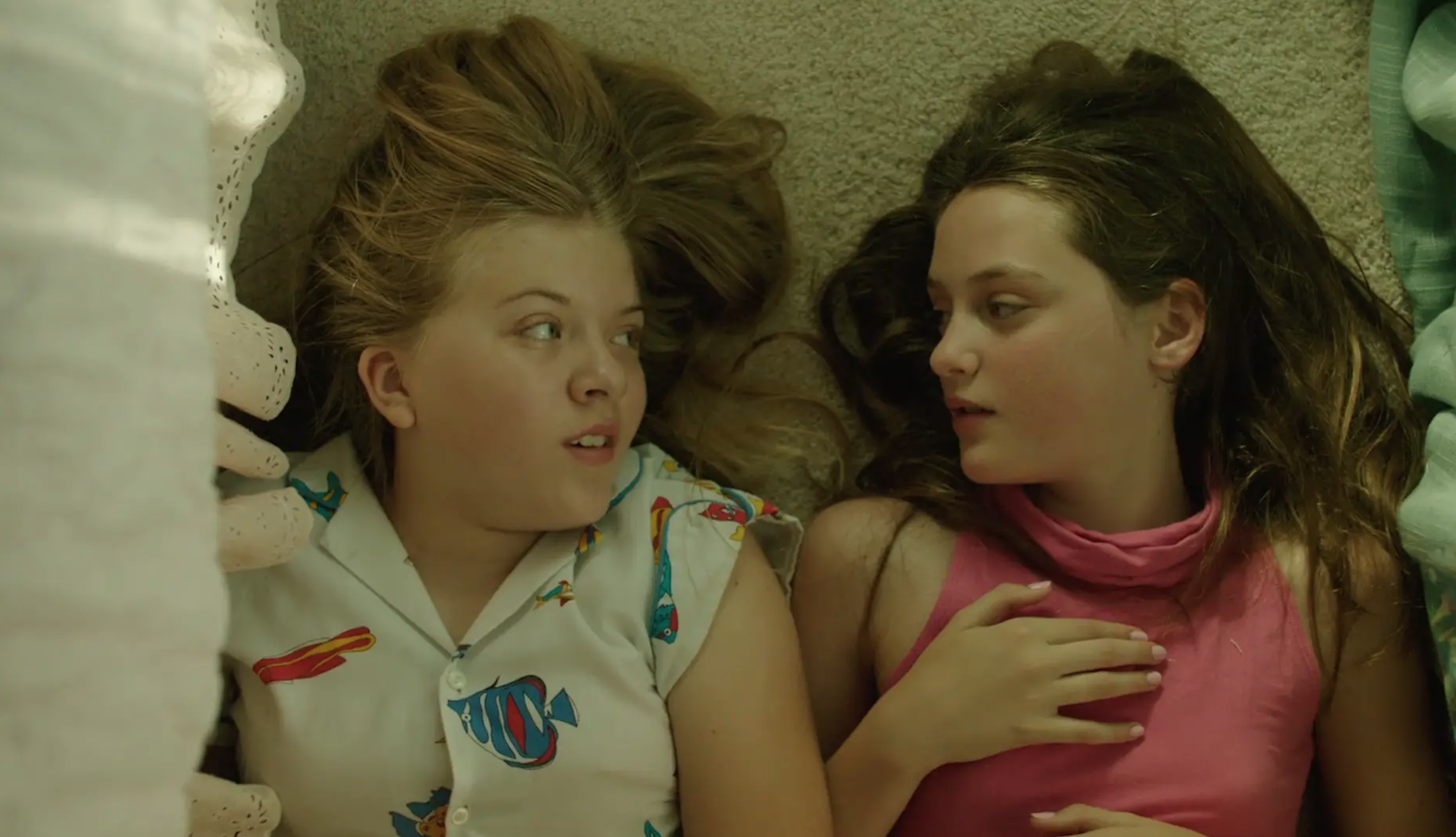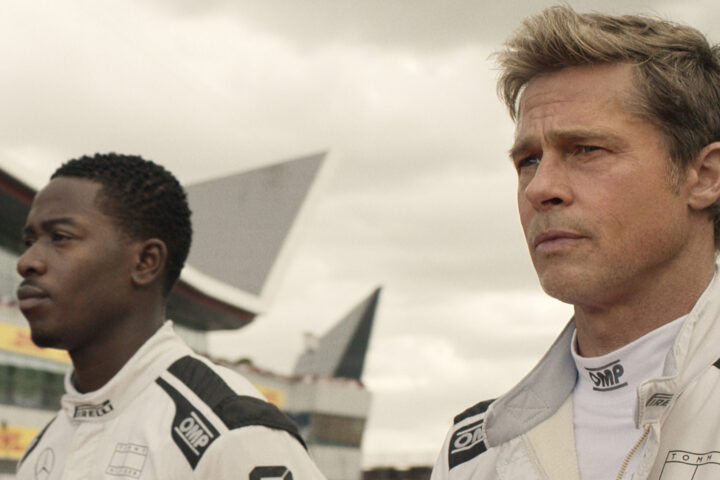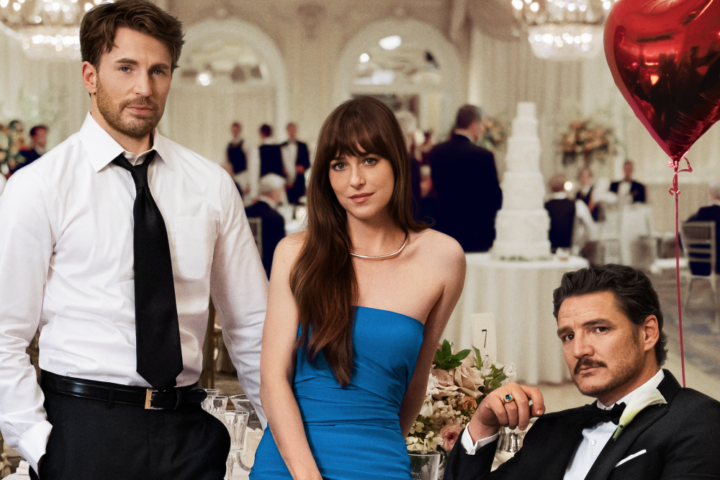“I have all these feelings wrapped up inside of me. I just don’t have anyone I can trust my feelings with.” The mysteries of female adolescence are explored with concentrated poignancy in the short How Does It Start, as a curious twelve-year-old girl comes of age in a myriad of confusing emotions amidst family turmoil. And it is all there in just 17 minutes, courtesy of writer-director Amber Sealey’s economical screenplay and expert direction of her actors.
It’s 1983 and young Rain (Lola Wayne Villa) has, like most girls her age, questions about what it means to be a young woman. Eschewing any confidences with her depressed single mother (Lindsay Beamish) in favor of her trusty diary, Rain spends her days journaling in the cabin of a grounded jet plane, abandoned in the nearby desert, her equivalent of a backyard fort.
Penning passages on everything from her younger sister, named Echo, to her innermost feelings about her parents and friends, Rain’s budding sexual curiosities are raised by an often risible self-help book titled So You Want a Man? First You Have to Learn to Live on His Planet, offering instructions on what makes a woman, well, a woman—largely, according to its antiquated text, her value to a man.
Without positive roles models, she internalizes the book’s tenets in voice over, some of which illustrate tactics for “the best way to show your strength without being overly assertive” and what to do if “your strength gets in the way of your beauty and ease.” Among the manifesto’s most valuable advice: “Your body is like an animal; you must learn how it moves, what it eats. If you follow these instructions carefully, you’re well on your way to becoming a first-class lover.” And that, Rain believes, is the thing to do.
For much of the film, Sealey charts Rain’s interactions—an unexpected (and perhaps imaginary) classroom clinch, unrequited infatuation with a handsome schoolboy (“I love him but I don’t think he loves me”), sexual experimentation with her best female friend (“It feels like a hot dog…and a spider”) and finally, a brief encounter with an unlikely partner where Rain requests—in believable, juvenile terms a budding teen might use to describe heretofore uncharted adult desires—to be “tickled.” Like Marielle Heller’s frank 2015 comedy The Diary of a Teenage Girl, Sealey’s picture is unafraid of provocations about adolescent, feminine desire, and how it plays out practically.
The picture’s tech credits are superb down the line, its polished lensing suggesting a sheen more familiar with budget commercial movies and one that authentically captures the family’s lower middle-class milieu, and the simplicity of bygone era.
And Sealey’s use of the abandoned plane cabin, as Rain’s respite from family turmoil and a place where she can let her imagination loose, is cleverly symbolic. While it is clear Rain would like to take off somewhere—anywhere—like the landbound hull of the former carrier, she’s not quite ready to achieve liftoff. Charting this pre-teen in transition, navigating what in retrospect we all know will turn out to be the most confusing time in life, young star Villa is quietly introspective, effective in every moment.
Perhaps the film’s most accomplished turn comes from an emotionally volatile Beamish as Rain’s conflicted, put-upon mother, a bitterly spurned wife whose daughters barely speak to her, looking for peace of mind in alternately angry and regretful tones.
The actress, who first struck moviegoers with an unconventional, disarming character in John Cameron Mitchell’s 2006 indie sexual roundelay Short Bus before going on to star opposite Pierce Brosnan and Susan Sarandon in Shana Feste’s 2009 family weeper The Greatest, delivers here a brief yet heavy lifting portrait of emotional baggage upending maternal responsibilities, a recognizable parent in crisis, fumbling with the hand she’s been dealt.
How Does It Start is a fitting companion piece to last year’s celebrated Bo Burnham pic Eighth Grade, both honest observations of girls on the cusp of maturity locked inside themselves, searching for connection. Where Burnham’s picture looked at teenage anxiety in an age of social media pressure and parental alienation, Sealey’s take offers a more optimistic view of youthful evolution at a time when the basics were not clouded by today’s hyper-sophistication and techno-social savagery. By contrast, her adolescents, while no less troubled at home, exist in retro-innocent, junior high cocoons of handwritten love notes and makeshift hideouts, breathing both nostalgia and fresh air into her film.
Both the picture—and Rain’s odyssey—conclude with sudden clarity: “My attitude can change in a second. One minute I can be in a bad mood; another minute I can decide to be happy.”
Something tells me she’ll be okay.
3 stars.



